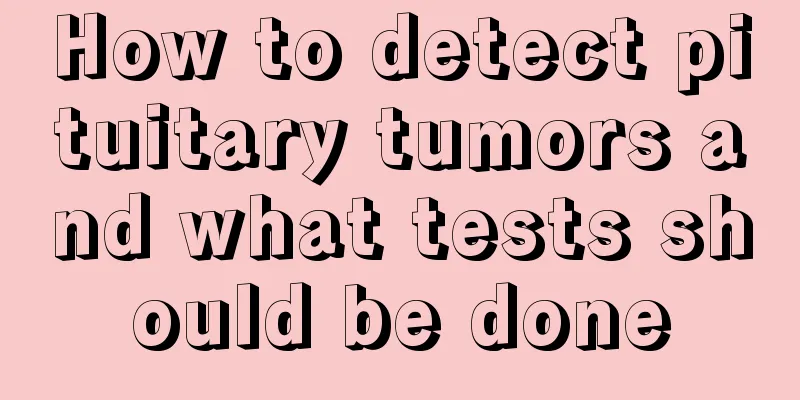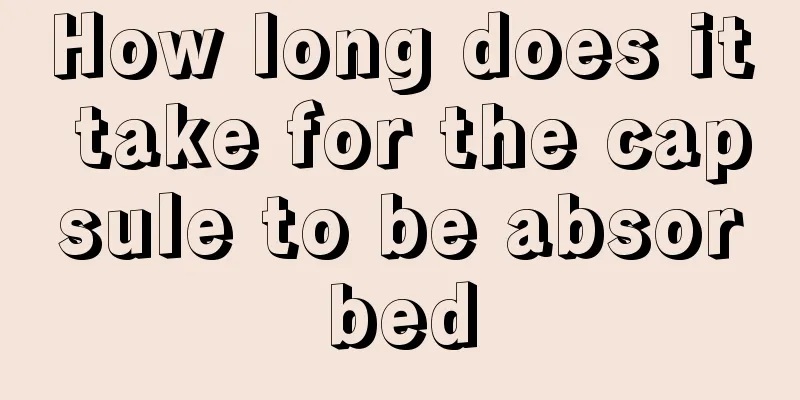Gallbladder wall edema

|
Anger and emotional instability are direct factors that affect gallbladder health. For many patients with gallbladder diseases, doctors will advise them not to get angry and maintain an optimistic attitude, etc. This shows how important emotions are to gallbladder health. Some patients may find edema in their gallbladder, which indicates a tendency to cholecystitis. They should pay attention to protecting their gallbladder to avoid aggravating the condition. Thickening of the gallbladder wall What diseases should be considered when the gallbladder wall is thickened or edematous? If examination reveals thickening or edema of the gallbladder wall, no gallstones, no upper abdominal pain, and routine blood tests are basically normal, the possibility of chronic hepatitis or cirrhosis should be considered first. CT: Gallbladder enlargement, uneven density, and obvious thickening around the gallbladder wall Why does chronic hepatitis or cirrhosis cause gallbladder wall thickening or edema? 1. Liver inflammation spreads to the surrounding bile ducts and affects the gallbladder. 2. Autoimmune liver disease and the immune complex of hepatitis virus antigens and antibodies damage the gallbladder. 3. As the plasma colloidal osmotic pressure decreases, water in the blood penetrates into the tissues, causing edema of the gallbladder wall. Doctor Tomato reminds everyone that if the examination reveals thickening and edema of the gallbladder wall caused by the above three conditions, you should not use choleretic and anti-inflammatory drugs according to the treatment method for cholecystitis. The key to solving the problem is to treat the primary cause and correct hypoproteinemia. B-ultrasound showed: gallstones in the gallbladder, thickening of the gallbladder wall, and enhanced echogenicity in the liver. How to distinguish? 1. Observe whether there are gallstones. Because when the stones move in the gallbladder, they damage the mucosa and cause bacterial infection, which in turn leads to cholecystitis. 2. In acute cholecystitis, non-calculous cholecystitis accounts for only 2%-5% and is related to other organ failure and immune dysfunction. The clinical symptoms include radiating pain, nausea, vomiting, fever, and elevated white blood cell count in blood routine tests. In this case, a hepatobiliary surgeon is required to make a specific judgment. |
<<: Gallbladder wall thickness
>>: Increased gallbladder size
Recommend
Why are my hands and feet so hot?
Patients with different physical conditions will ...
Is it okay to have a lifted chin? How to make your chin more upturned?
It is women’s nature to love beauty. There are ma...
Office workers often eat these 5 kinds of lunch or shorten their lifespan
Lunch is the most important meal of the day, and ...
The first symptom of bird flu
One year, a kind of influenza called H7N9 became ...
How to maintain after cervical cancer removal
As women, we all hope to be healthy and beautiful...
Feeling anxious and restless
When faced with something we are unfamiliar with ...
Symptoms of obstructed lymphatic flow
Lymphatic obstruction means that the patient'...
Can CT detect early nasopharyngeal cancer? How to treat it?
Can CT detect early nasopharyngeal cancer? How to...
Symptoms of demyelinating disease
What are the symptoms of demyelinating disease? W...
What is the cause of urethral eversion?
In daily life, many people do not pay attention t...
How to draw eyebrows with an automatic eyebrow pencil
Automatic eyebrow pencil is the first choice for ...
What is the complete recipe for nourishing the stomach?
The digestive and absorptive functions of the sto...
What are the symptoms of hyperlipidemia
High blood lipids and high blood pressure are a c...
What is the best way to examine the small intestine?
The human abdomen has a densely packed digestive ...
How to use hand mask?
People are very familiar with facial masks, and w...









